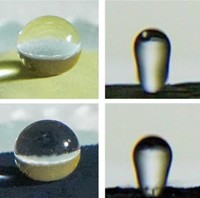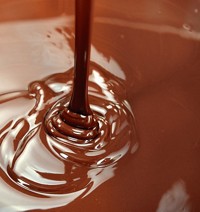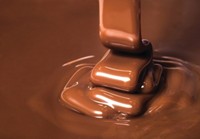Advertisement
Grab your lab coat. Let's get started
Welcome!
Welcome!
Create an account below to get 6 C&EN articles per month, receive newsletters and more - all free.
It seems this is your first time logging in online. Please enter the following information to continue.
As an ACS member you automatically get access to this site. All we need is few more details to create your reading experience.
Not you? Sign in with a different account.
Not you? Sign in with a different account.
ERROR 1
ERROR 1
ERROR 2
ERROR 2
ERROR 2
ERROR 2
ERROR 2
Password and Confirm password must match.
If you have an ACS member number, please enter it here so we can link this account to your membership. (optional)
ERROR 2
ACS values your privacy. By submitting your information, you are gaining access to C&EN and subscribing to our weekly newsletter. We use the information you provide to make your reading experience better, and we will never sell your data to third party members.
Environment
Unwelcome Fat Blooms On Chocolate
Food Chemistry: Researchers move a step closer to understanding why unsightly white residues accumulate on chocolate bars
by Sarah Everts
May 18, 2015
| A version of this story appeared in
Volume 93, Issue 20
Chocolate lovers worldwide are all too familiar with the profound misery experienced when they unwrap a piece of their favorite treat and see it covered in a white haze. These so-called chocolate fat blooms—when fats migrate to the surface of chocolate and recrystallize there—are also a bane of the chocolate industry, which would like to increase the shelf life of its products. A research team led by Svenja K. Reinke of the Technical University of Hamburg, in Germany, has used small-angle X-ray scattering to track the structural changes in chocolate when this blooming occurs (ACS Appl. Mater. Interfaces 2015, DOI: 10.1021/acsami.5b02092). The team showed that when fats begin to migrate to the surface through pores in the chocolate, they dissolve cocoa butter (a mixture of triglycerides). This dissolution destroys the crystalline structure of cocoa butter, which is responsible for the delightful texture of chocolate. Thus, the tasty treat turns into a stale disappointment. The new study may help thwart this travesty by revealing how chocolatiers can better control porosity and migration pathways in chocolate.





Join the conversation
Contact the reporter
Submit a Letter to the Editor for publication
Engage with us on Twitter